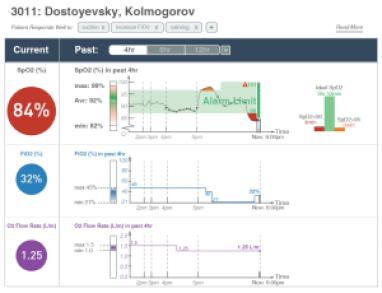For non-technical domain experts and designers it can be a substantial challenge to create designs that meet domain specific goals. This presents an opportunity to create specialized tools that produce optimized designs in the domain. However, implementing domain specific optimization methods requires a rare combination of programming and domain expertise. Creating flexible design tools with re-configurable optimizers that can tackle a variety of problems in a domain requires even more domain and programming expertise. We present OPTIMISM, a toolkit which enables programmers and domain experts to collaboratively implement an optimization component of design tools. OPTIMISM supports the implementation of metaheuristic optimization methods by factoring them into easy to implement and reuse components: objectives that measure desirable qualities in the domain, modifiers which make useful changes to designs, design and modifier selectors which determine how the optimizer steps through the search space, and stopping criteria that determine when to return results. Implementing optimizers with OPTIMISM shifts the burden of domain expertise from programmers to domain experts.
Megan Hofmann, Nayha Auradkar, Jessica Birchfield, Jerry Cao, Autumn G. Hughes, Gene S.-H. Kim, Shriya Kurpad, Kathryn J. Lum, Kelly Mack, Anisha Nilakantan, Margaret Ellen Seehorn, Emily Warnock, Jennifer Mankoff, Scott E. Hudson: OPTIMISM: Enabling Collaborative Implementation of Domain Specific Metaheuristic Optimization. CHI 2023: 709:1-709:19



















